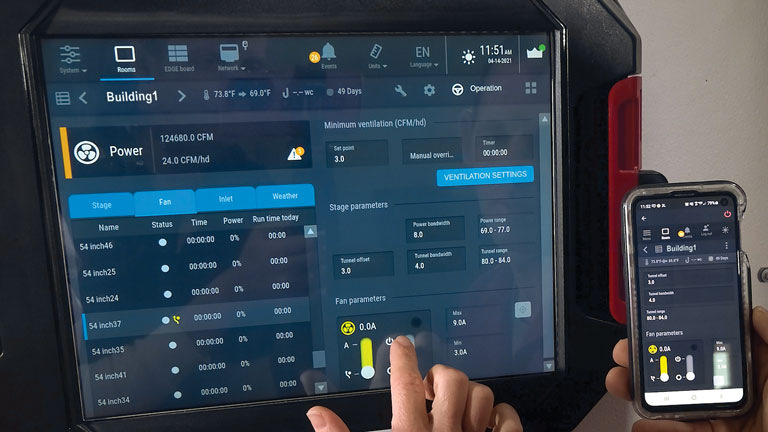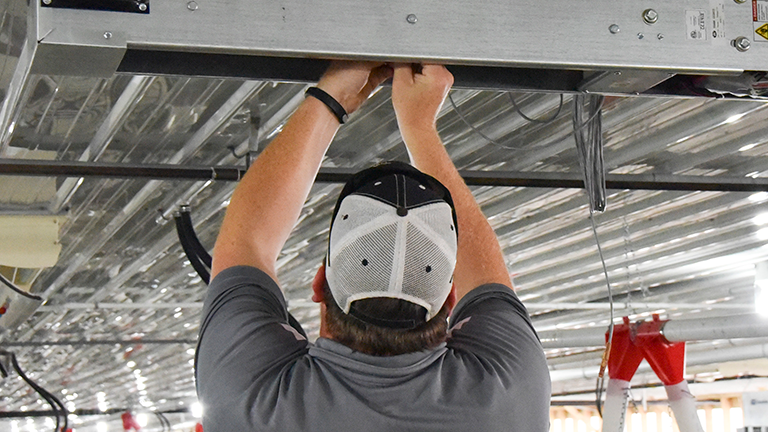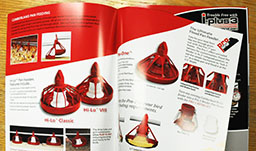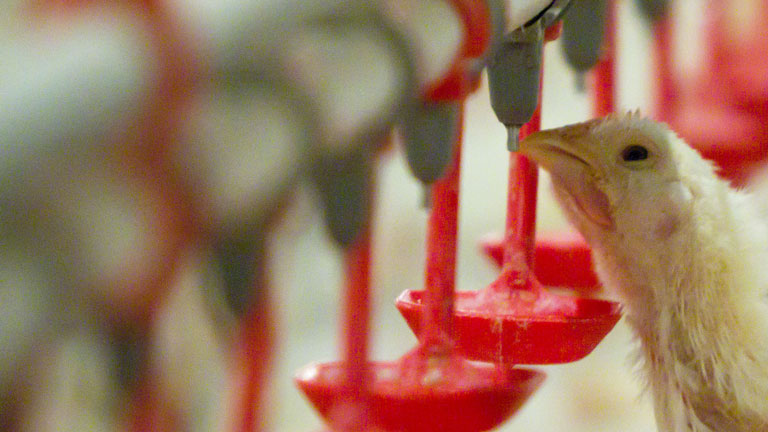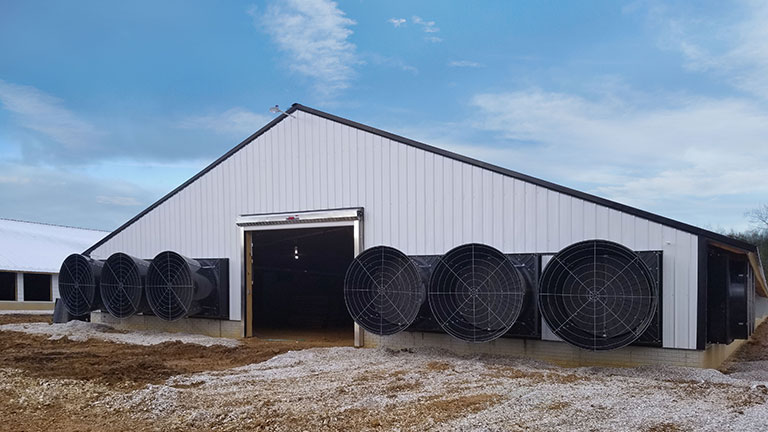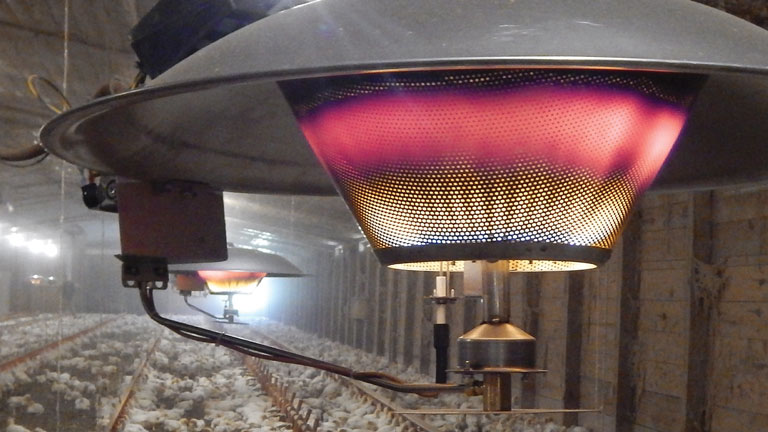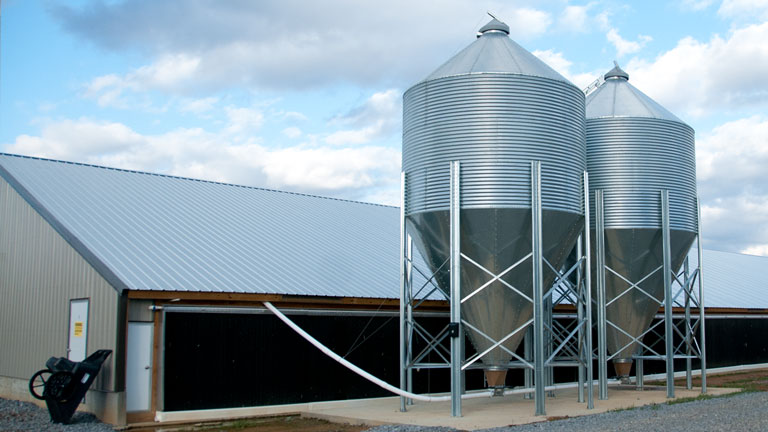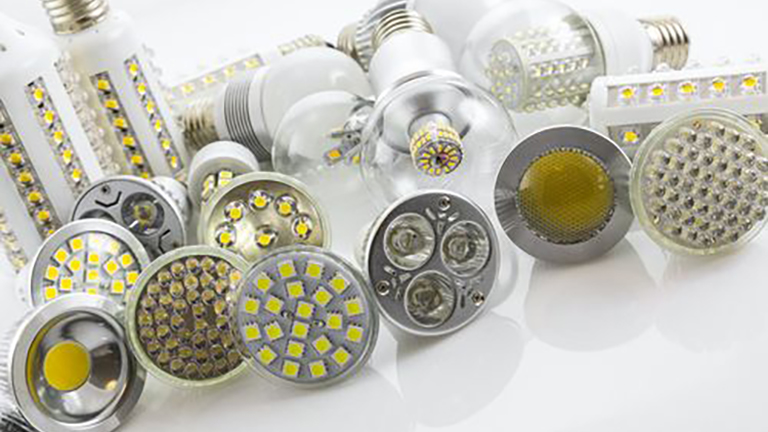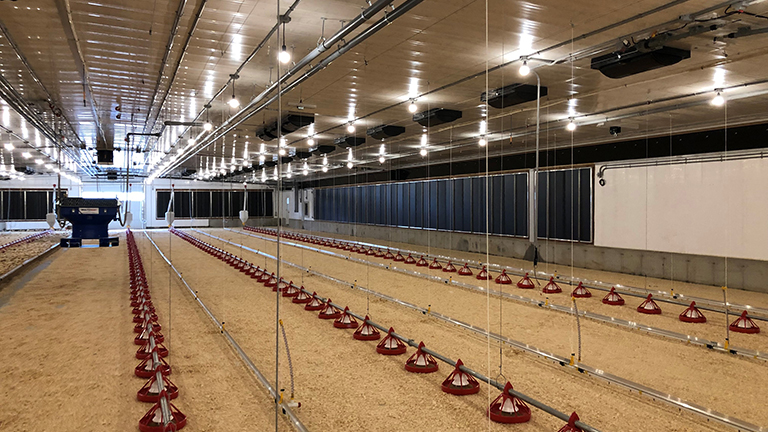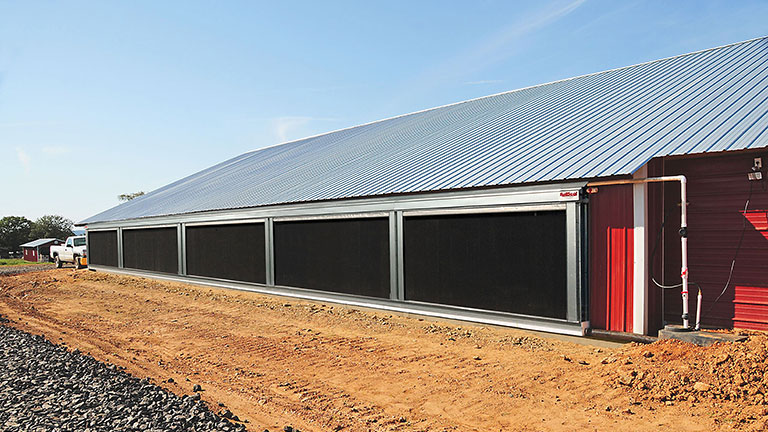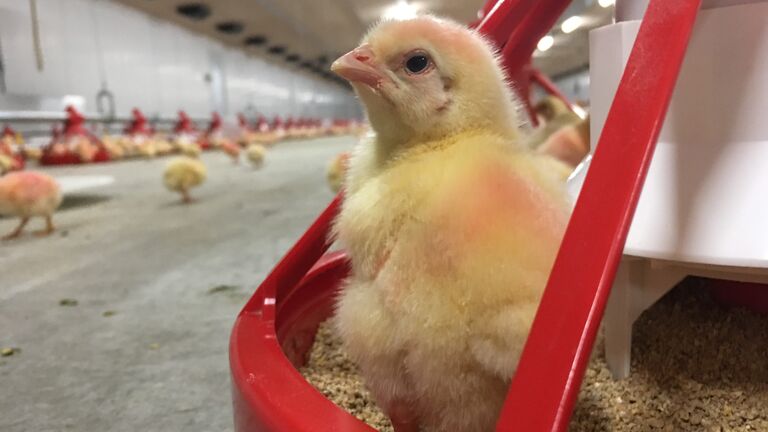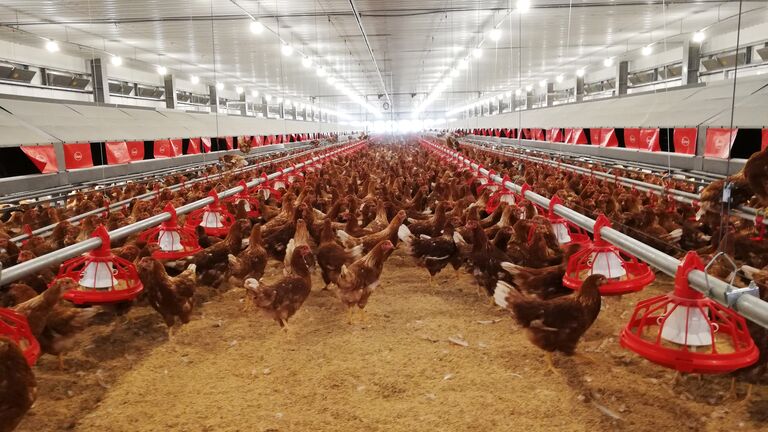It’s no surprise that healthy, happy birds are better for the bottom line. Keeping birds' comfort levels consistent is essential if you want a flock that consistently gains weight and converts feed well. Often hot weather is viewed as something producers just need to attempt to get through without losing birds. We don’t want just to eliminate bird loss during hot weather; we want to see outstanding performance during hot weather – the same as during spring and fall.
Traditionally, Canadian poultry producers have used cross or perimeter inlet ventilation - systems that are optimized for colder weather. The goal of these systems is primarily to conserve heat and keep the level of air movement at floor level to a minimum. But these characteristics are the exact opposite of what is required to keep our birds comfortable during hot weather. Tunnel ventilation is an excellent solution for producers looking to keep their flock content when the temperatures outside are on the rise because it is essentially the opposite of traditional inlet ventilation.
TUNNEL VENTILATION OFFERS WARM WEATHER SOLUTION FOR POULTRY PRODUCERS
What is tunnel ventilation?
Tunnel ventilation is a method of ventilating a barn system designed to maximize air exchange rates and air velocities over the birds. Large exhaust fans are installed on one end of the barn and large sidewall openings are installed near the opposite end wall. Air is pulled from one end of the house to another in a minute or less, flushing excess heat from the house while providing velocity over the birds of 400 feet per minute or greater, helping pull heat from their bodies.
The optimal environmental control system utilizes sidewall inlets during cold weather and tunnel ventilation during hot weather. So, the solution probably isn’t a new shed for producers currently using a cross-ventilation system. It’s simply the addition of the tunnel system components. You'd still have sidewall fans and inlets for cold to moderate weather; you’d just add large tunnel fans and an opening or evaporative cooling pads on the other end of the house for hot weather.
Understanding the benefits of a tunnel ventilation system for poultry houses
Tunnel ventilation systems have become the standard in most poultry-producing regions around the globe. Here are three benefits of a tunnel ventilation system.
- Decreased heat stress-related mortality, improved weight gain and better feed conversion - Cooler birds will want to eat and drink, while overheated birds just won’t.
- The opportunity to use evaporative cooling pads instead of foggers - Foggers can be challenging to manage and lead to wet birds, equipment and litter. An evaporative cooling pad system lets producers cool the air before it goes into the shed, minimizing house moisture issues.
- Higher energy efficiency - The large fans used for tunnel ventilation are generally more energy-efficient than the smaller fans used by producers with cross ventilation/ perimeter ventilation systems.
Where should you start if you’re interested in a tunnel ventilation system?
First, do your research. Some regions have been using tunnel ventilation for years, so there’s no need to reinvent the process - or repeat mistakes made in the past.
It is also a good idea to consult with a professional who has experience designing tunnel ventilation systems. While the concept is relatively simple, to ensure you are getting the most efficiency and benefit from a tunnel ventilation system, rely on someone who knows what to look for.
Two significant considerations are your air velocity and air exchange rate. Ensure the system you are adding is getting enough wind across your birds. In moderate climates, a generally accepted target airspeed in a tunnel-ventilated house is between 400 and 600 feet per minute. Then, based on your barn size, you can determine what size fan or how many fans you need. It is also good to make sure you are purchasing fans with a high energy efficiency rating (bess.illinois.edu).
Let Cumberland help you update your poultry shed’s ventilation system.
Just like you’d want a nutrition expert to help you formulate your diets, you want an expert in ventilation and system design to help you make the right decisions for your shed. The team at Cumberland understands what it takes to keep your flock producing at every turn. Contact us to learn how a tunnel ventilation system from Cumberland can get you more from your on-farm investment.
Thanks to Michael Czarick of the University of Georgia Department of Poultry Science for his help developing this post.

